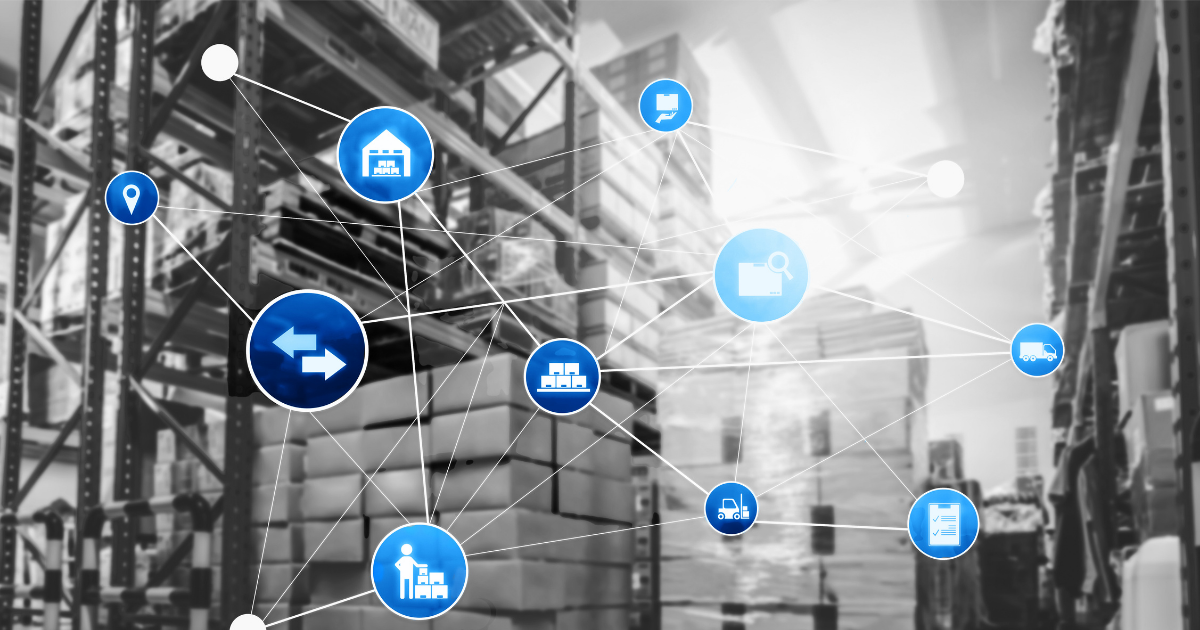U.S. less-than-truckload (LTL) rates continue to climb, even after a relatively muted response to the recent shipment reclassification changes, according to The Journal of Commerce. On the surface, the market may seem steady, but underneath pricing structures and contract terms are quietly shifting. As Shippers and 3PLs adapt to new density-based rules and potential tariff changes, the industry is entering a period of uncertainty where cost volatility, service reliability and timing will determine who gains or loses ground.
This isn’t a crisis moment yet, but it is a pivotal one. Between now and the full enforcement of new classification rules in December, logistics leaders have a short window to renegotiate smarter, insulate against disruption and position their networks for whatever comes next.








